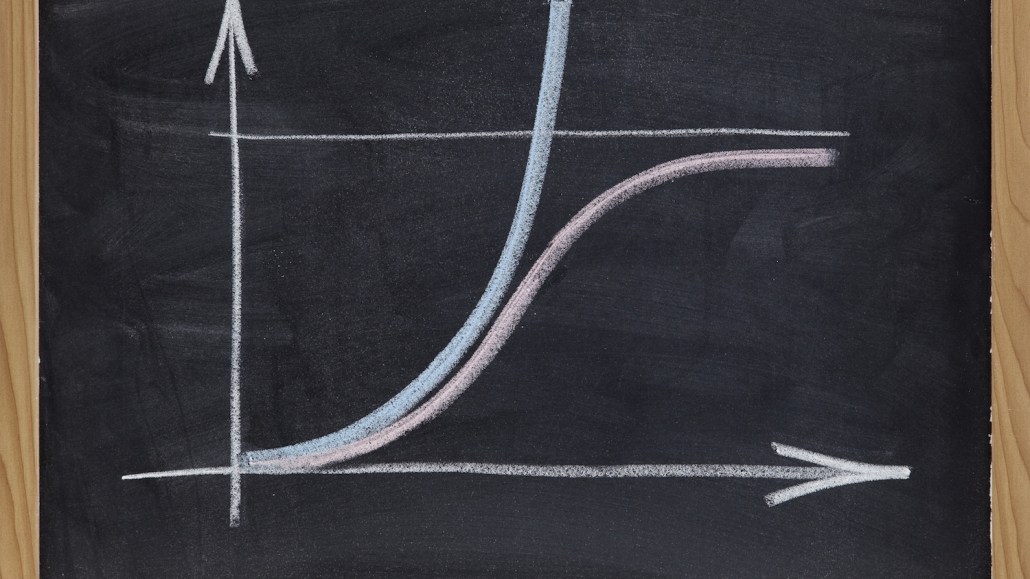
Wall Street routinely, and perhaps unfairly, evaluates Twitter in relation to Facebook. It seems the easiest comparison to make given they’re the two most notable publicly traded social media companies on the market, and that two companies have routinely co-opted each other’s features. Facebook followed Twitter’s lead in introducing hashtags and trending topics, while Twitter’s recent design changes make the service resemble Facebook’s time line and signature profile view.
The main comparison made between the two, however, has centered on audience size, and in that respect, Facebook is projected to be the clear winner. While Twitter’s user base is expected to grow in coming years, its rate of growth has recently plateaued and will likely continue to do so. Compared to Facebook on a global scale, that growth problem is magnified.
While Twitter is projected to grow at a faster rate than Facebook each year through 2018, according to eMarketer, both companies’ growth rates are plateauing.
And Facebook is widening its already substantial worldwide lead.
Facebook is likewise projected to maintain its lead in terms of user penetration in the six major regions identified by eMarketer in the firm’s May 2014 report. In some regions, Facebook’s penetration — the percentage of the population that uses the service — is several times higher than Twitter’s. (The penetration estimates for Asia-Pacific are low because they do not include China, as both Twitter and Facebook are banned there.)
The increases in global audience will correspond with an increase in global mobile ad spending.
Unfortunately for Twitter — and the rest of the ad ecosystem, for that matter — eMarketer predicts that Facebook will benefit most from those gains, at least in the near term. Facebook is expected to see its share of the global ad market increase from 5.4 percent in 2012 to 21.7 percent this year.
Twitter CEO Dick Costolo has defended Twitter’s value by saying that the platforms user numbers don’t reflect how influential it is. From a consumer standpoint, he’s absolutely right: Ellen’s Oscar selfie made mainstream news, as did the homophobic tweets from Miami Dolphins safety Don Jones after Michael Sam, the NFL’s first openly gay player, was drafted by the St. Louis Rams.
But while these tweets have crossed over to the cultural consciousness, it’s unclear whether brands will ever experience that same level of off-platform amplification. And a million Oscar selfie retweets won’t necessarily budge the stock ticker.
Image via Shutterstock
More in Media

With Firefly Image 3, Adobe aims to integrate more AI tools for various apps
New tools let people make images in seconds, create image backgrounds, replacing parts of an image and use reference images to create with AI.

Publishers revamp their newsletter offerings to engage audiences amid threat of AI and declining referral traffic
Publishers like Axios, Eater, the Guardian, theSkimm and Snopes are either growing or revamping their newsletter offerings to engage audiences as a wave of generative AI advancements increases the need for original content and referral traffic declines push publishers to find alternative ways to reach readers.

The Guardian US is starting its pursuit of political ad dollars
The Guardian US is entering the race for political ad dollars.





